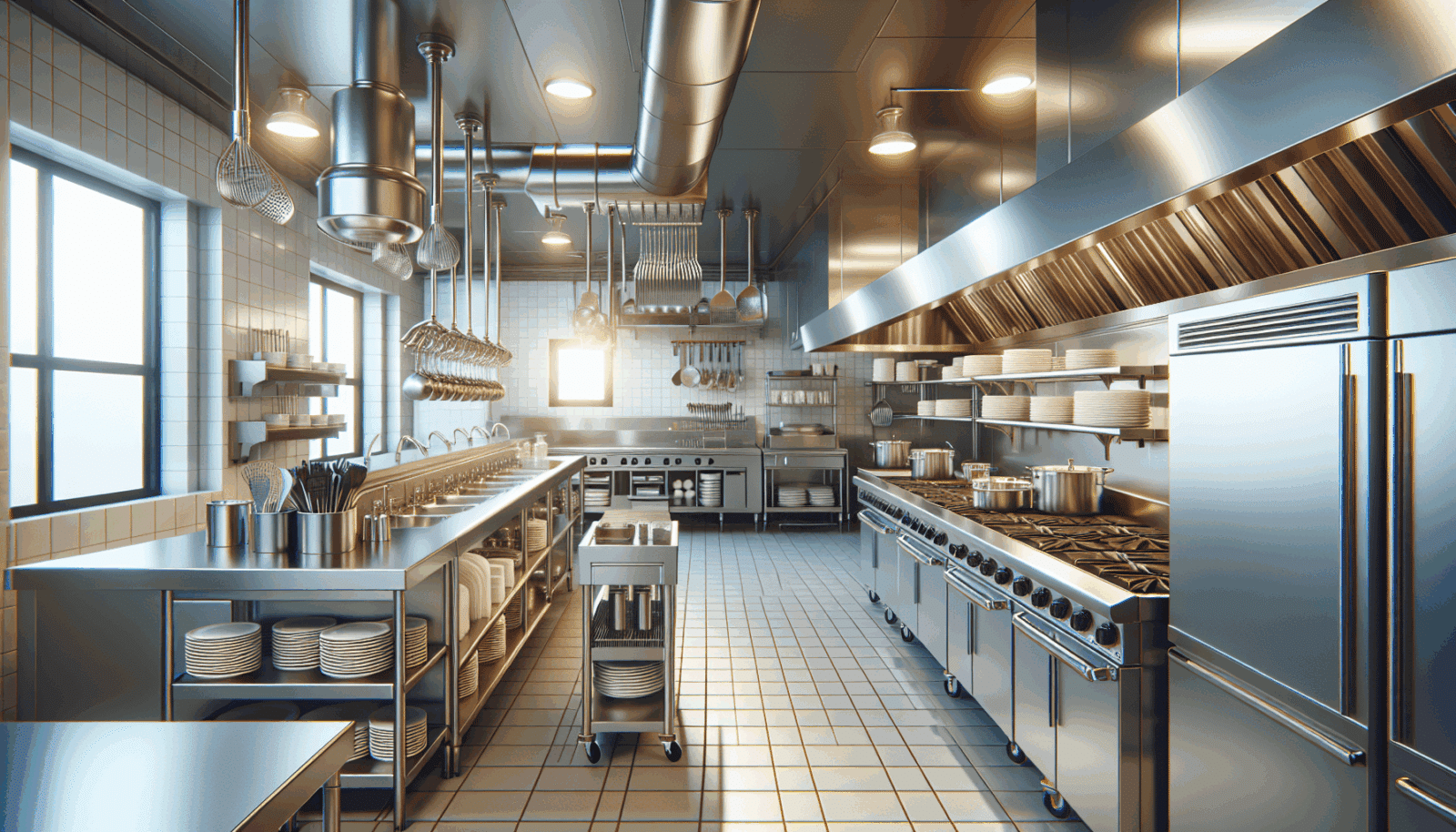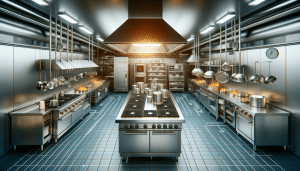Kitchen Exhaust system maintenance can be a headache without the right knowledge. At Utah Hood Cleaning, we understand that homeowners need clear, actionable advice to keep their kitchens safe and efficient. This blog post is your step-by-step guide on maintaining your kitchen Exhaust system, helping you save time, money, and stress.
Understanding Your Kitchen Exhaust System
Every kitchen exhaust system consists of several components, including the hood, Filter, ducts, and fan. Understanding how these parts work together is essential for effective maintenance. A well-maintained system improves air quality, reduces fire hazards, and enhances efficiency.
Regular maintenance keeps your kitchen exhaust running smoothly. Without it, Grease buildup and ventilation issues can cause significant problems. By following our guide, you’ll know exactly what to do to keep your kitchen safe and functional.
Why Maintenance is Crucial
Neglecting your exhaust system can lead to a host of issues. Grease and debris can build up, increasing the risk of fire and reducing the system’s efficiency. Additionally, poor ventilation can lead to lingering kitchen odors and moisture problems, which can damage your home.
Proper maintenance improves your system’s longevity, saving you from costly repairs or replacements. Regular cleaning also ensures your kitchen remains a safe and pleasant place to cook and gather.
Essential Tools You’ll Need
Before you start, gather the necessary tools. Having the right equipment makes the maintenance process smoother and more effective. Here are some essential items:
You’ll need a grease scraper, a shop vacuum, cleaning brushes, a degreaser, and protective gloves. These tools will help you tackle the various parts of your exhaust system safely and efficiently.
Step 1: Turn Off the System
Safety first! Turning off your kitchen exhaust system ensures you can clean it thoroughly without any risk of injury. Locate the power switch and make sure it’s fully off before you begin.
Disconnecting the power also prevents any electrical issues. This simple step is crucial for a safe and effective cleaning experience.
Step 2: Remove and Clean Filters
Filters are the first line of defense against grease buildup. Over time, they can become clogged and less effective. Removing and cleaning them regularly ensures they do their job properly.
Soak the filters in warm, soapy water, then scrub them with a brush to remove any remaining grease. Rinse them thoroughly and let them dry completely before reinserting them into the system.
Step 3: Clean the Hood Interior and Exterior
The hood itself collects a lot of grease and grime. Regular cleaning keeps it looking good and functioning well. Use a degreaser and a damp cloth to wipe down both the interior and exterior surfaces.
Pay special attention to corners and edges where grease can accumulate. A clean hood not only works better but also contributes to a cleaner kitchen environment.
Step 4: Inspect and Clean the Ducts
Ducts can be a hiding place for grease, dust, and debris. Regular inspection and cleaning are essential for maintaining proper airflow. Use a shop vacuum and a long, flexible brush to clean the ducts thoroughly.
Check for any blockages or damage while you’re at it. Addressing these issues promptly can prevent bigger problems down the road.
Step 5: Maintain the Exhaust Fan
The exhaust fan is the heart of your system. Keeping it clean and well-maintained ensures efficient operation. Remove any visible dirt and grease buildup using a degreaser and a brush.
Check the fan blades for signs of wear and tear. If necessary, replace them to ensure optimal performance.
Check for Leaks and Damages
While cleaning, it’s important to inspect for leaks or damages in the exhaust system. Any issues here can compromise the system’s efficiency and safety. Look for signs of wear, corrosion, or loose connections.
Promptly repairing any damages can prevent more significant problems and extend the life of your exhaust system. Regular inspections are key to maintaining a safe and effective kitchen environment.
Establish a Regular Maintenance Schedule
Consistency is crucial in kitchen exhaust system maintenance. Establishing and following a regular schedule ensures your system remains in top shape. Here are some tips:
- Monthly Checks: Inspect filters and ducts for blockages.
- Quarterly Deep Cleaning: Thoroughly clean the entire system.
- Annual Professional Inspection: Have a professional assess the system.
- Immediate Repairs: Address issues as soon as they arise.
- Documentation: Keep a log of maintenance activities.
Following a regular maintenance schedule reduces the risk of issues and ensures efficient operation year-round.
When to Call Professionals
While regular maintenance can handle much of the upkeep, some situations require professional help. If you notice persistent issues like unusual noises, poor ventilation, or excessive grease buildup, it’s time to call in the experts.
Professional Services provide a thorough cleaning and inspection, addressing any underlying issues you may have missed. They have the tools and expertise to keep your kitchen exhaust system in optimal condition.
Ready to keep your kitchen safe and efficient? Contact Us by phone # 801-853-8155 or Request a Free Quote.




